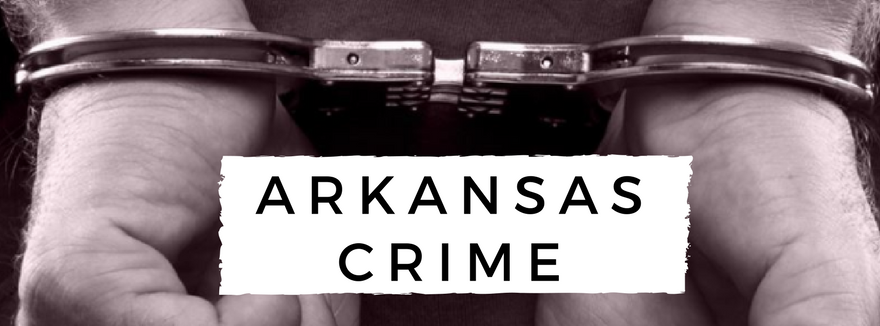A convicted robber and one-time murder suspect in Little Rock failed in his attempt to undo his conviction by arguing that his severe facial scarring was never mentioned by his victims.
Michael Williams, 26, lost his bid with the Arkansas Court of Appeals to overturn his 50-year sentence in the October 2012 stickup at a Little Rock apartment complex.
Williams, who is held at the Varner Supermax facility in Pine Bluff, argued that his scars, the result of surviving a house fire as a child, would have been noticed by the robbery victims if he'd been there. None of the five people robbed in the early evening at the 701 Green Mountain Drive complex mentioned facial burns when police arrived.
It wasn't until the case went to trial, Williams argued, that he was identified as a gunman in the robbery.
The Court of Appeals was not convinced and affirmed Williams' conviction and sentencing.
Williams' arrest came after five people reported to officers in Little Rock that a group of men had taken their phones, cash and other belongings at gunpoint.
Using the Find My iPhone app on a stolen phone belonging to one of the victims, Little Rock officers contacted police in North Little Rock, who went to the coordinates of the phone and found Williams, as well as two other suspects, in possession of the stolen items.
At his trial in Pulaski County Circuit Court, Williams' attorney argued that the robbery happened in a well-lit parking lot and that officers noted that they were never told that one of the suspects had facial scarring.
Initially, the only person who placed Williams at the crime scene wasn't even there, his attorney argued.
Because no credible witnesses at the time of the arrest placed Williams at the robbery, other evidence was circumstantial, according to Williams' attorney, and the circuit court should have granted his motion for a directed verdict.
The motion was denied despite his argument that "the victims' failure to report [to police] that the perpetrator had substantial scarring on his face rendered their in-court eyewitness testimony so incredible that it was insufficient to identify him as a perpetrator."
The Court of Appeals sided with the lower court on Wednesday.
"[In-court identification] of Williams as the perpetrator were unequivocal and provided sufficient evidence to support his convictions," the court wrote. "We affirm the jury's verdicts."
Williams' scarring also played a role in a previous criminal case.
In late December 2011, Little Rock police found Kelvin Lott-Shelton slumped over the wheel of a Jeep that had crashed into a light pole in a midtown residential neighborhood.
Lott-Shelton went there to meet a man named "Big Mike" and his brothers to buy some marijuana but was fatally shot instead.
Witnesses eventually identified both Williams and his brother, Antonio, as men involved in a botched drug deal-turned-homicide.
Both Williams brothers suffered severe burns in a Little Rock fire in the early 1990s that claimed the lives of their sisters.
An attorney for Antonio Williams, who was eventually sentenced to life in prison in the killing, said that witnesses and police confused the brothers' disfigured faces and wrongly dismissed charges against Michael Williams, who he maintained was the real killer.
Metro on 10/23/2014
